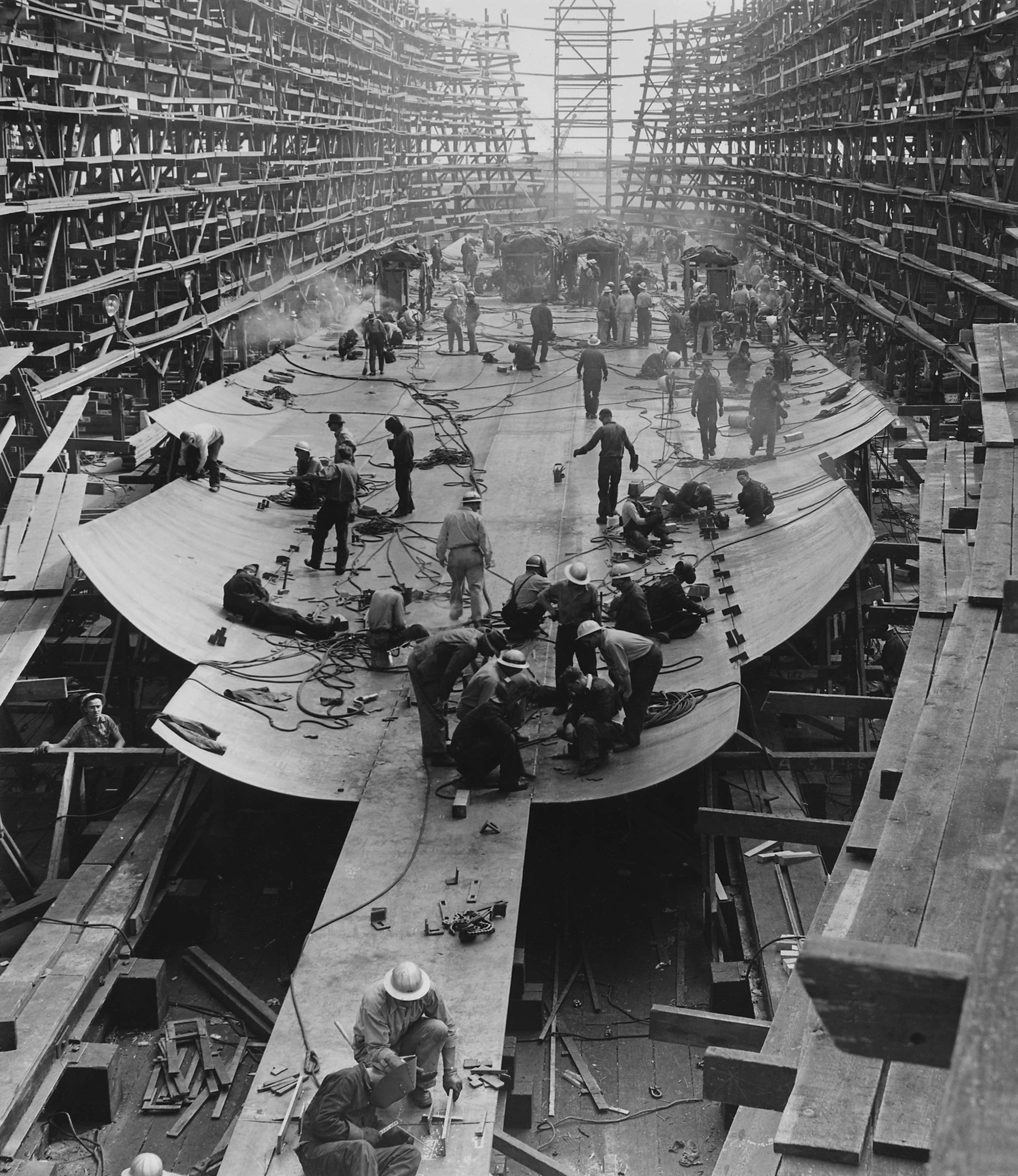Membrane distillation is a separation process that utilizes a porous membrane to separate a feed solution from a distillate through a vapor phase. In this process, the feed solution is heated and brought into contact with the membrane, which allows only the water vapor to pass through while rejecting other contaminants. The water vapor is then condensed on the other side of the membrane to produce pure distilled water.
Membrane distillation technology is particularly useful for the desalination of seawater or brackish water, as well as for the treatment of wastewater and other contaminated water sources. It can also be used for the concentration of solutions and the recovery of valuable materials.
One of the advantages of membrane distillation technology is its ability to operate at low temperatures and pressures, which can reduce energy consumption and minimize thermal degradation of the feed solution. It is also a relatively simple and cost-effective process that can be easily scaled up or down depending on the production needs. Additionally, membrane distillation can be combined with other separation processes such as reverse osmosis or nanofiltration to achieve higher water recovery rates and higher-quality water.
However, membrane distillation technology also has some limitations, such as the susceptibility of the membrane to fouling or scaling, which can reduce its efficiency over time. Additionally, the process may be sensitive to temperature fluctuations and may require additional energy input to maintain a constant temperature.

